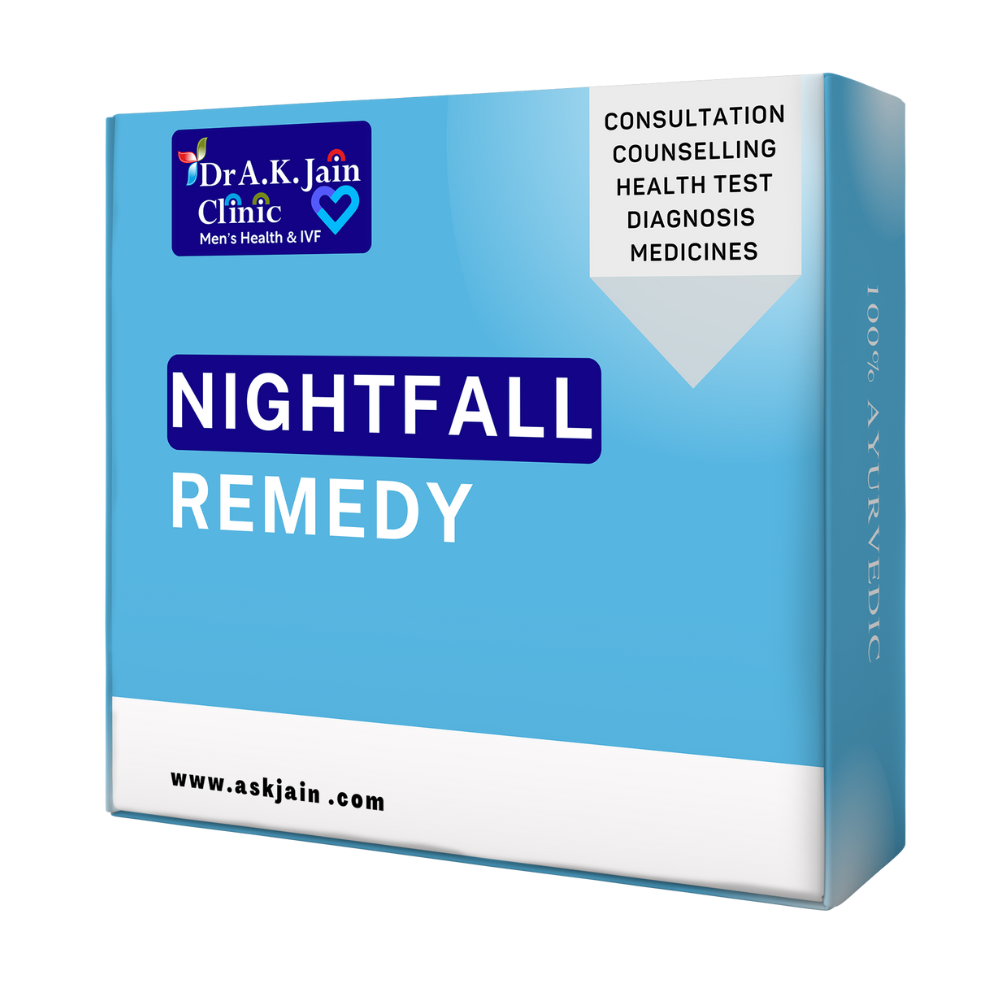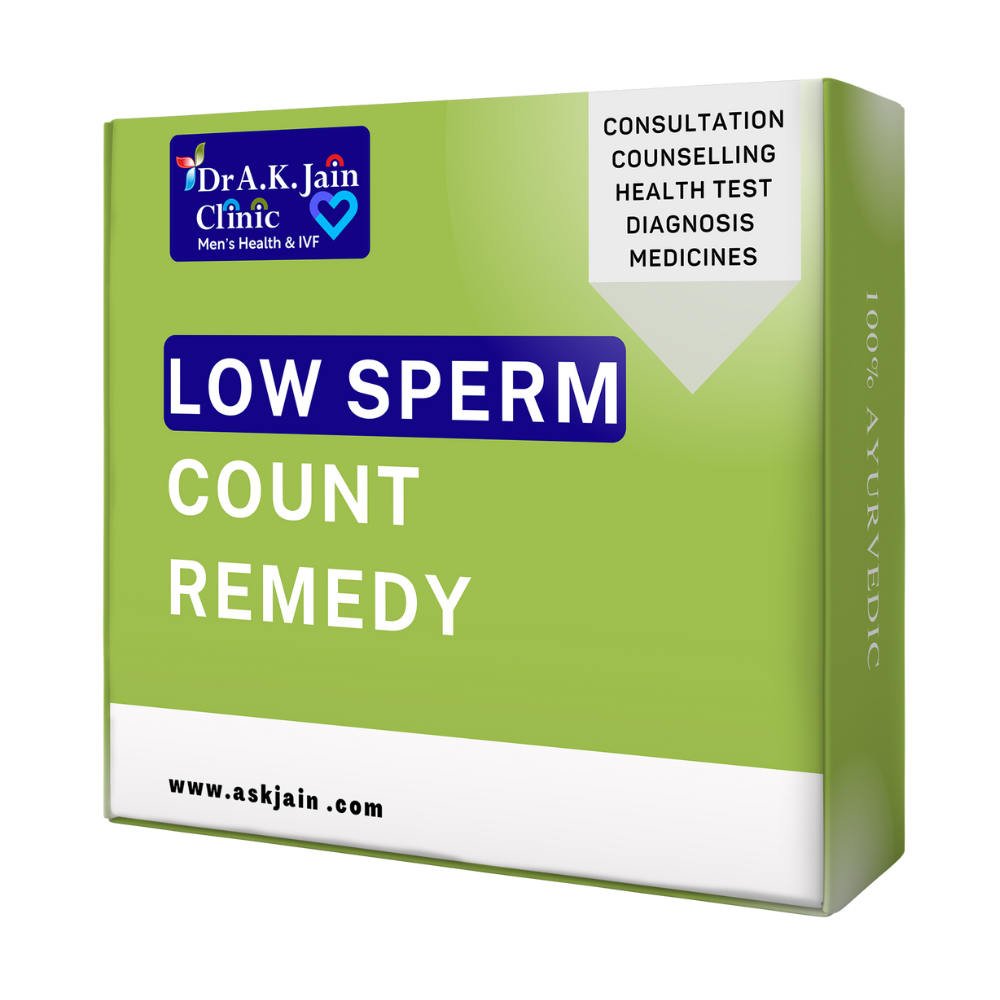
What is Sexually Transmitted Disease

Sexually transmitted infections (STIs) usually pass from one person to another through sexual contact. Most are fairly common, and effective treatment is available — especially in the early stages.
Some STIs are benign, but others can lead to severe complications without treatment.
HIV has other routes of transmission. For example, this STI can spread through the use of unsterilized drug needles as well as sexual contact.
STIs can affect anyone, regardless of the individual’s sexual orientation or hygiene standards. Many STIs can spread through nonpenetrative sexual activity.
Most Common STDs
Genital Herpes
The herpes simplex virus (HSV) is a common virus that affects the skin, cervix, and genitals, as well as some other parts of the body. HSV-1 usually affects the mouth. It can spread through saliva or if there is a herpes-related sore around another person’s mouth. It can pass to the genital area during oral sex. HSV-2 can affect the genital area, the anal area, and the mouth. It transmits through vaginal, oral, and anal sex. Herpes cannot spread via utensils, toilet seats, swimming pools, soaps, or bedding. However, if a person touches a body part where herpes is present and then touches another part of their body, herpes can spread to that area. Once herpes is present, it stays in the body. It usually remains dormant, however, and many people will never develop symptoms. The main symptoms are blisters around the mouth, anus, or genital area. These blisters can break, causing a painful sore that takes a week or longer to heal. Some symptoms of initial infection include:- fever
- body aches
- swollen lymph nodes
Hepatitis B
Hepatitis B can cause a long-term infection and result in liver damage. Once a person has the virus, it can remain in their semen, blood, and other bodily fluids. Transmission is possible through:- engaging in sexual contact
- using nonsterile equipment for injections
- puncturing the skin with a sharp object where the virus is present
HIV
HIV is a virus that attacks the immune system. It can spread through sexual contact and some other means. HIV makes a person more prone to certain other infections. People with HIV also have a higher risk of contracting other STIs. Without treatment, this susceptibility to infection worsens and may lead to life-threatening complications. Once a person has HIV, the virus will be present in their bodily fluids, including semen, blood, breast milk, and vaginal and rectal fluids. If these fluids enter another person’s body, that person can also contract HIV. This can happen through sexual contact, sharing needles, contact with broken skin, giving birth, and breastfeeding. Treatment can reduce the amount of the virus present in the body to an undetectable level. This means that the amount of the virus within the blood is so small that blood tests cannot detect it. It also means that it cannot spread to other people. A person with undetectable HIV must continue to follow their treatment plan exactly as the doctor prescribes to keep virus levels low. Some other ways to prevent transmission include:- using a condom or other barrier method of contraception during vaginal or anal sex
- not sharing needles
- using gloves and disposing of sharps carefully, such as when working in a healthcare setting

















